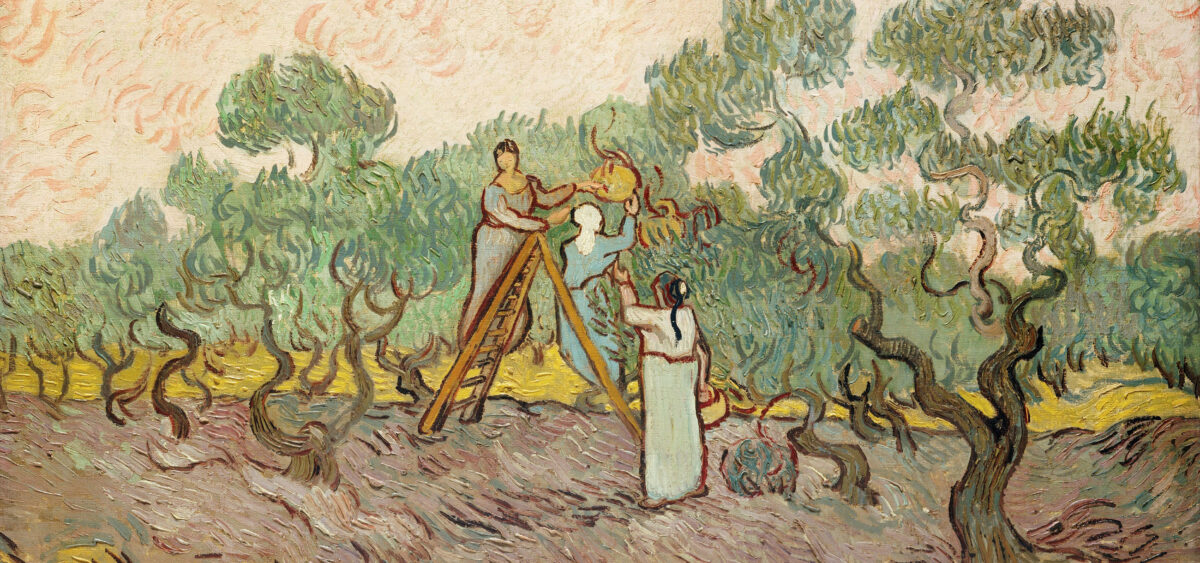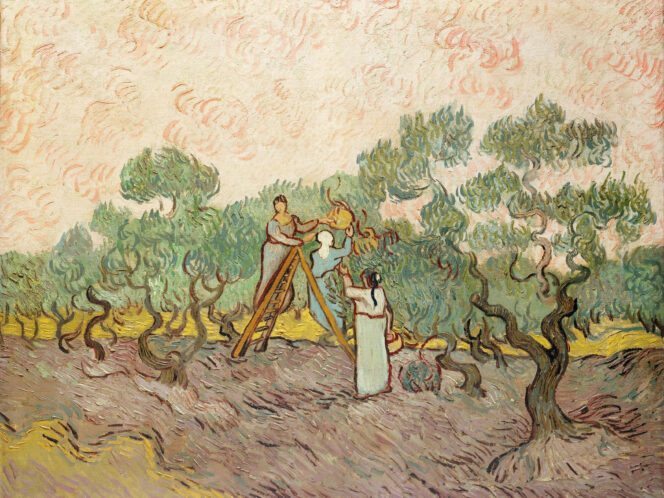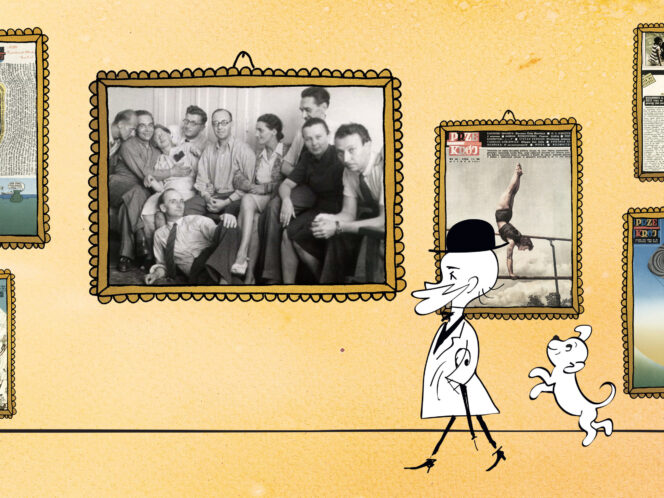
Culture, physical culture and cults of worship have all flowed to us on a golden wave of olive oil.
“Take a plate of walnuts, and as much salt as fits into an eggshell. Mix them in a heated mortar, crush them well and wring the mixture out in a cloth. Then it becomes oil,” the Vikings’ Libellus de arte coquinaria (Little book on culinary art) teaches us. While the collection, which exists in three languages, contains just 35 recipes, they’re top-shelf: full of exotic spices, expensive ingredients and culinary finesse. The earliest surviving manuscript is from the beginning of the thirteenth century, but the recipes are certainly older.
Aside from walnut oil, the everyday cooking of those in the North also included oil from seeds (flax, cannabis, poppies, rape, sunflowers etc.) and animal fats. But it is curious that the Libellus, which has recipes based almost entirely on imported additives such as saffron, Madagascarian aframomum and ginger, doesn’t include recipes that use olive oil.
After all, importing it from, let’s say, the Iberian Peninsula—since the Vikings had regular trade relationships with the Arabs—wouldn’t have been any problem. This is particularly true when we consider that from the Spanish province of Baetica alone (essentially today’s Andalusia)—considered one of the best producers of oil in the Roman Empire—saw about 30 million (!) shiploads of oil sent out over the course of its history.
A lack of information is, itself, information. The disappearance of the olive from the trade and culinary landscape of Europe is one of the clearest and most painful traces of the collapse of the Empire, the end of the Ancient world and the onset of the Dark Ages, from which only the invigorating Middle Ages allowed a gradual recovery. So, along with the Vikings and their crushed walnuts, we are at an inflection point, the slow and gradual creation of a new reality, in which the centers of power that decided on the fate of the world moved to the northwest, and the Empire was reborn north of the Alps. This is also when the slowly returning, by now “Christian” olive meets with other types of oil, sharing their roles, and sometimes even granting them their own sacred prerogatives. But to appreciate this moment, we first have to take quite a big step backwards.
Branch of the Covenant
In the countries of the Middle East’s Fertile Crescent, about twelve thousand years ago, the Neolithic revolution occurred and the hunter-gatherers gained the skills of farmer-herders. A little later, the symbolic farmer Cain took the life of the symbolic herder Abel, marking the dominance of his branch of agriculture








